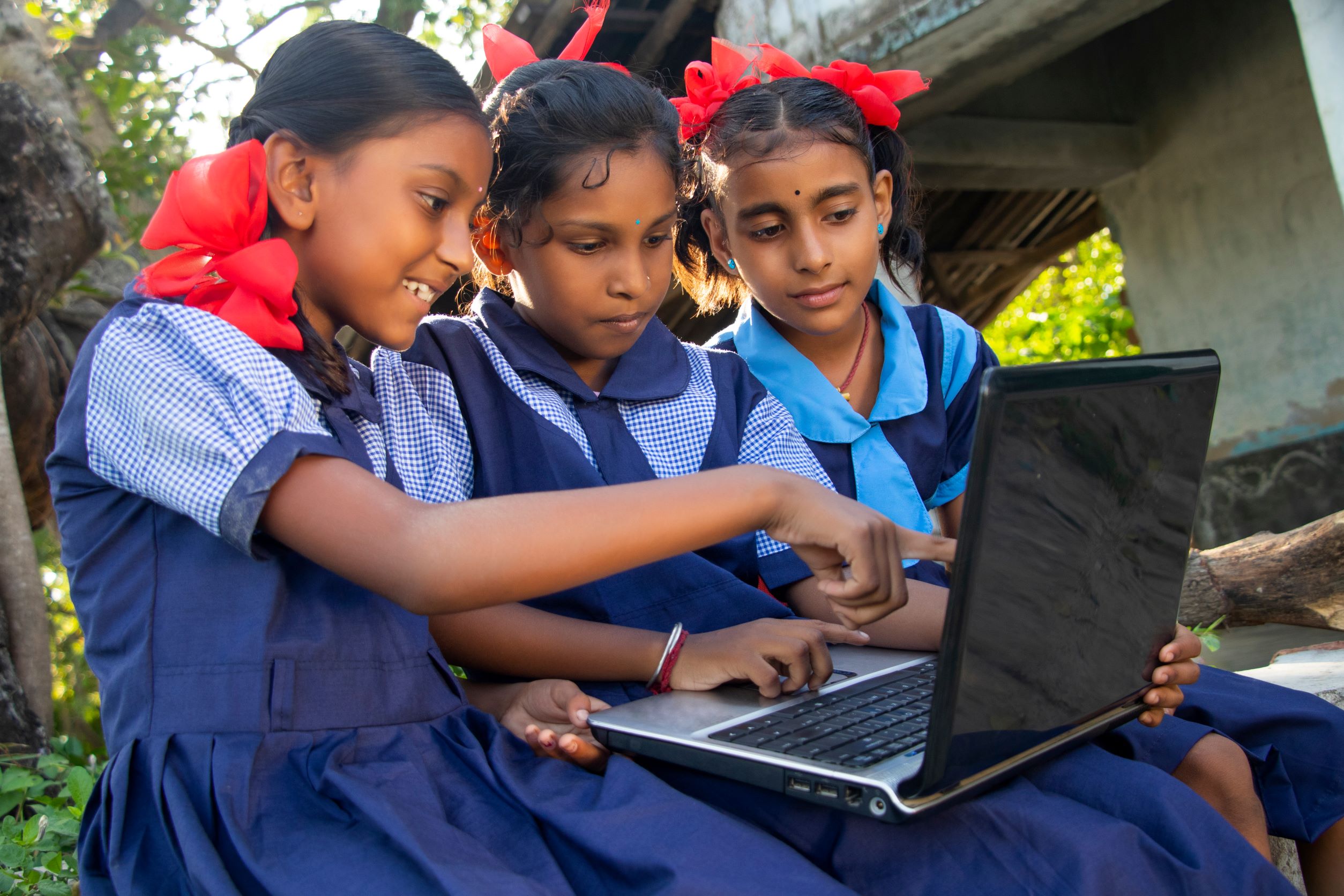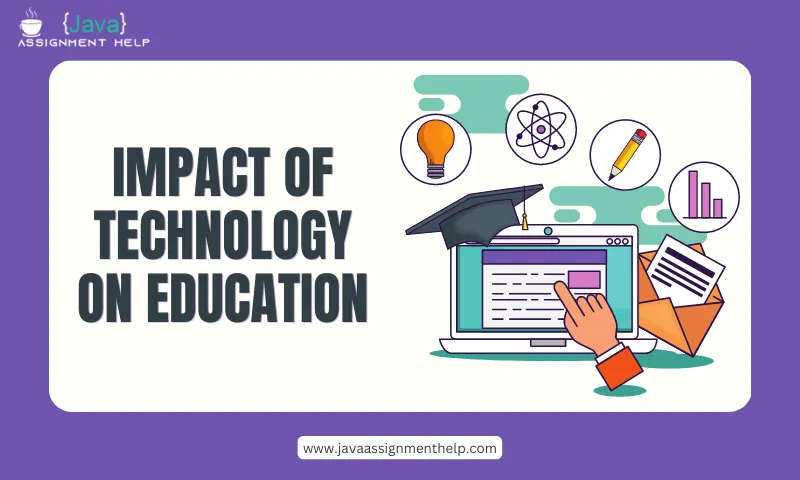Teaching special education students requires a unique set of skills and strategies. These students often have different learning styles and needs, and require specialized support to help them reach their full potential. In this blog post, we will discuss 10 effective strategies that can be used to teach special education students.
Use Multisensory Instruction
Multisensory instruction involves using a variety of sensory inputs to help students learn. This can include visual aids, such as charts and diagrams, auditory cues, such as songs or rhymes, and tactile activities, such as manipulating objects. Using multisensory instruction can help students with different learning styles, and can make learning more engaging and memorable.
Provide Frequent Feedback
Feedback is essential for special education students to track their progress and stay motivated. Teachers should provide frequent feedback, both positive and constructive, to help students understand what they are doing well and where they need to improve. Feedback should be specific, clear, and actionable, and should be delivered in a supportive and encouraging way.
Use Assistive Technology
Assistive technology can be a powerful tool for special education students. It can help students with a variety of needs, such as visual impairments, hearing impairments, or physical disabilities, to access learning materials and participate in class. Assistive technology can include anything from text-to-speech software to specialized keyboards, and should be tailored to each student’s individual needs.
Break Tasks into Smaller Steps
Special education students can sometimes feel overwhelmed by complex tasks. Teachers should break tasks into smaller, more manageable steps, to help students feel more confident and successful. This can involve providing visual or written instructions, using checklists or graphic organizers, and scaffolding assignments.
Use Positive Reinforcement
Positive reinforcement is a powerful motivator for special education students. Teachers should provide praise and rewards for positive behaviors and achievements, to help students feel valued and encouraged. This can include anything from verbal praise to stickers or other small rewards.
Provide Multiple Opportunities for Practice
Special education students often need more practice than their peers to master new skills. Teachers should provide multiple opportunities for practice, and should vary the format and difficulty level of practice activities to keep students engaged and challenged.
Use Real-World Examples
Using real-world examples can help make abstract concepts more concrete and relatable for special education students. Teachers should try to use examples that are relevant to students’ lives and experiences, and should encourage students to make connections between what they are learning and the world around them.
Provide Structured Learning Environments
Structure can be especially important for special education students, who may struggle with organization and time management. Teachers should provide a structured learning environment, with clear routines and expectations, to help students feel more secure and focused. This can include everything from consistent classroom rules to visual schedules.
Use Differentiated Instruction
Differentiated instruction involves tailoring teaching methods and materials to meet the individual needs of each student. Teachers should use differentiated instruction to help special education students access learning materials and participate in class. This can involve providing alternative assignments or assessments, adapting curriculum materials, or providing one-on-one support.
Foster Positive Relationships
Positive relationships between teachers and students can be crucial for special education students. Teachers should strive to build positive, supportive relationships with their students, and should communicate regularly with parents and caregivers. This can help students feel more connected and engaged in their learning, and can help support their social and emotional development.
In conclusion, teaching special education students requires a specialized set of skills and strategies. By using effective teaching strategies, special education students can receive the support they need to succeed academically and socially.
It is important for teachers to be patient, empathetic, and adaptable when working with special education students. Every student is unique and has their own individual needs, so teachers should be willing to modify their teaching methods to meet these needs.
Furthermore, teachers should collaborate with parents, caregivers, and other professionals to create a supportive and inclusive learning environment. By working together, teachers and parents can help special education students reach their full potential and achieve success in all areas of their lives.
In conclusion, teaching special education students is both challenging and rewarding. By using the strategies outlined in this blog post, teachers can create a positive and effective learning environment for their special education students. With the right support and guidance, special education students can thrive and achieve their goals.




